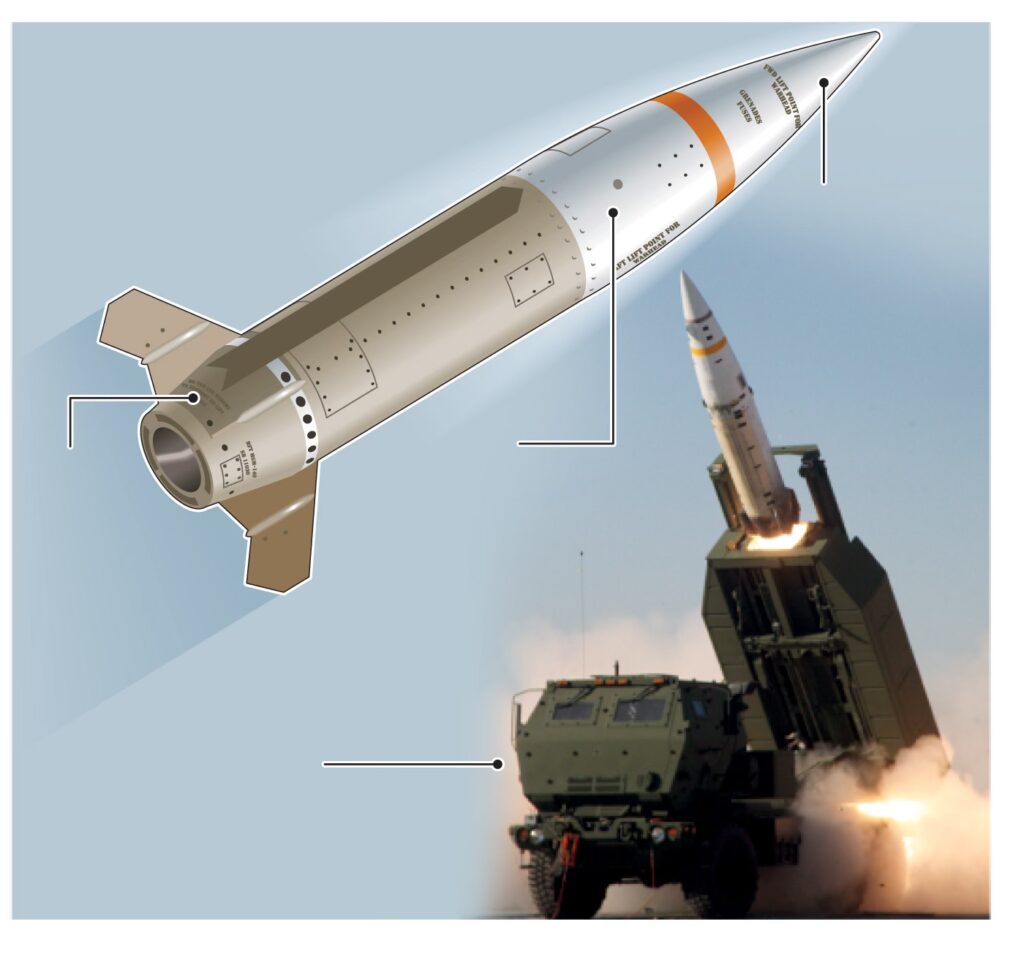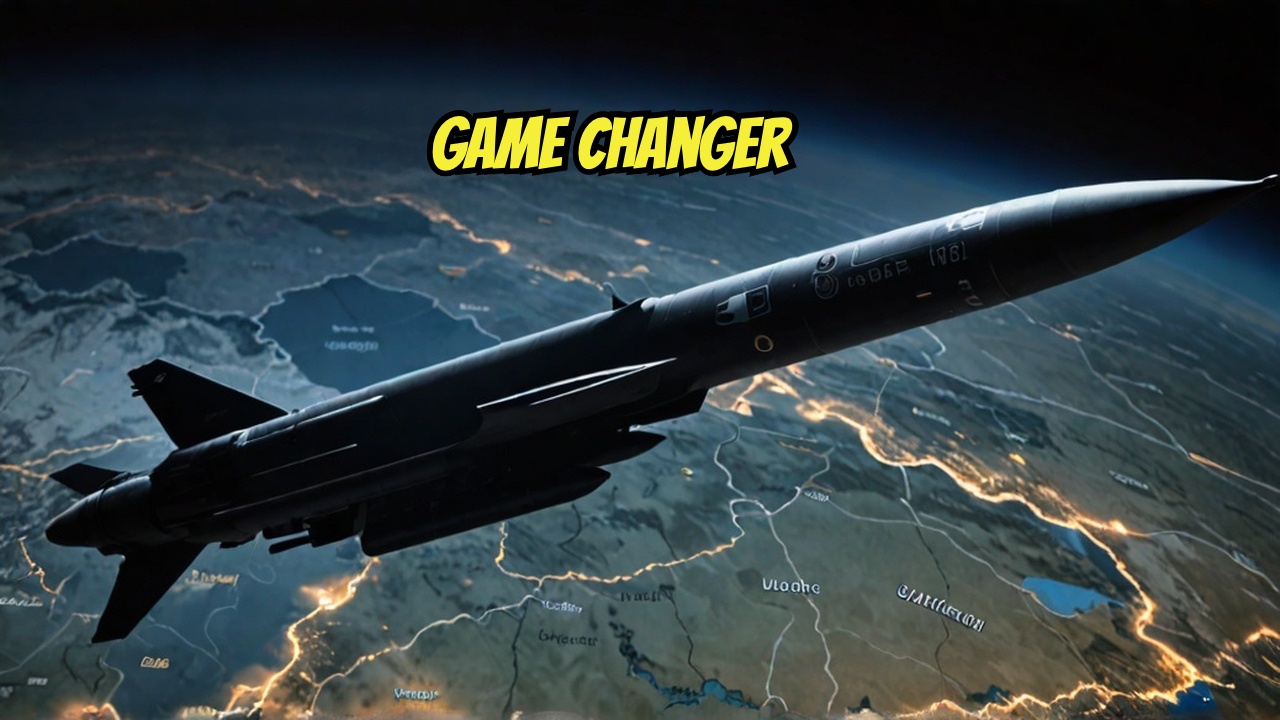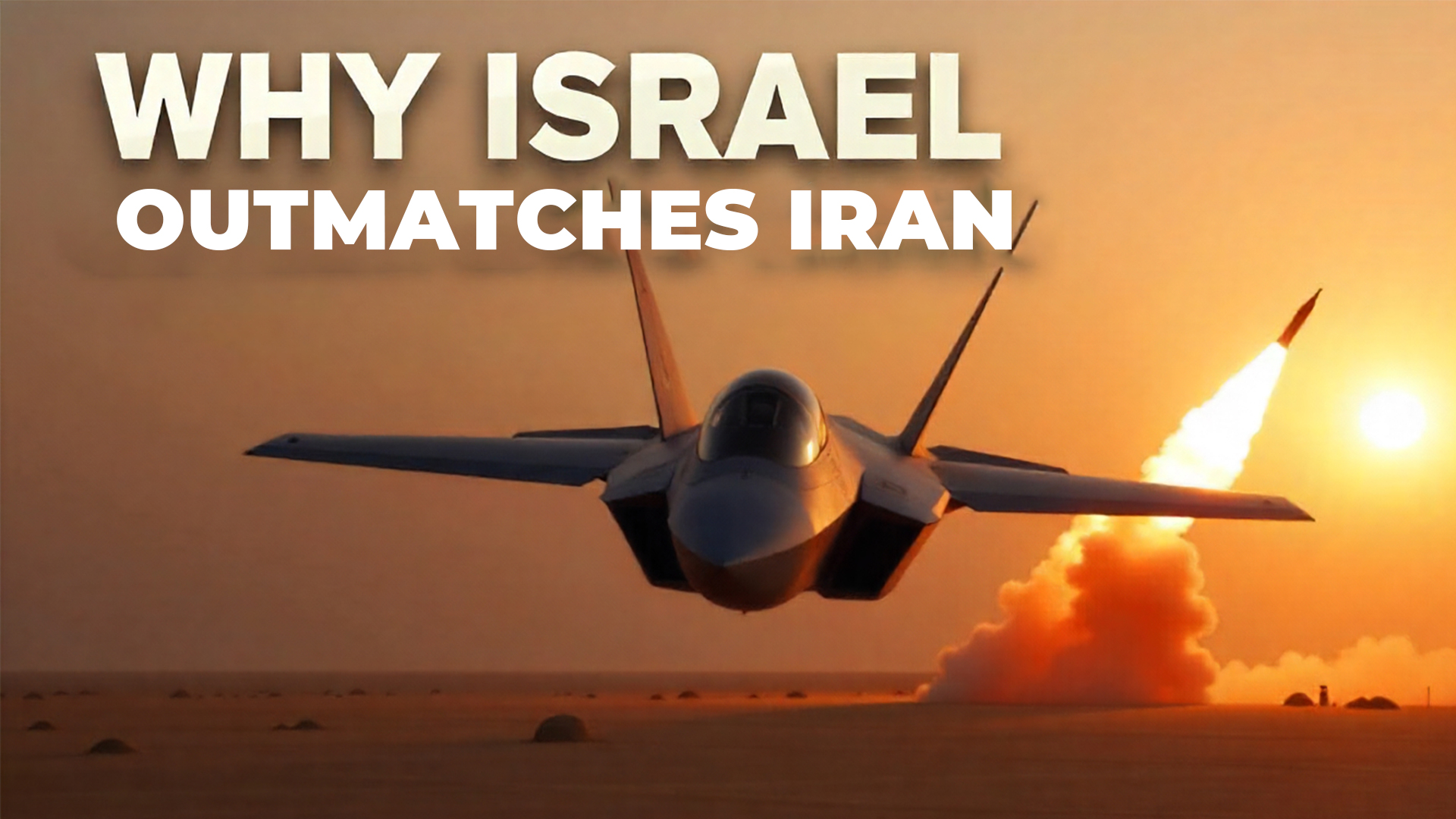Ukraine Strikes Russian Territory with U.S.-Made Missiles: A Turning Point in the War
For the first time since the war began, Ukraine has used U.S.-supplied missiles to strike inside Russian territory. The attack, carried out on Tuesday—the 1,000th day of the conflict—targeted a Russian military depot in the Bryansk region, roughly 115 kilometers from the Ukrainian border. While Ukraine did not publicly confirm the weapon used, officials from Ukraine and the U.S. later revealed that the long-range ATACMS missiles were deployed for the operation.
In Moscow, Russian President Vladimir Putin reacted by loosening the rules for deploying nuclear weapons, heightening global concerns about potential escalation. Meanwhile, Ukrainian President Volodymyr Zelensky emphasized his ongoing push for international support for longer-range strikes to counter Russian aggression.
ISRAELI DRONES STRIKE BEIRUT AGAIN!
What Are ATACMS Missiles?
The Army Tactical Missile System (ATACMS), developed by Lockheed Martin, is a precision-strike ballistic missile with a range of up to 300 kilometers. These missiles can hit high-value targets, including arms depots and air bases, with pinpoint accuracy. They offer a significant upgrade over Ukraine’s current arsenal of drones and missiles, which have longer ranges but lack the precision and availability needed for sustained operations.
Tuesday’s strike on Bryansk reportedly caused secondary explosions at a Russian arms depot, though Moscow claimed that five of the six missiles were intercepted, resulting in no casualties. The attack marks the second time Washington has expanded Ukraine’s authority to use U.S.-made weapons inside Russian territory, signaling a shift in the rules of engagement.

SOURCE: GRAPHIC NEWSDEFENCE VIEW; REUTERS; LOCKHEED MARTIN; U.S. ARMY
ATACMS vs. HIMARS: Expanding Ukraine’s Arsenal
This isn’t the first time the U.S. has adjusted Ukraine’s operational scope with American weapons. Earlier this year, President Joe Biden authorized the use of HIMARS rocket systems, which have an 80-kilometer range, to counter Russian advances in Kharkiv. That decision proved instrumental in stabilizing the frontlines by forcing Russia to reposition its forces.
The recent introduction of ATACMS provides Ukraine with a longer-range strike capability, but experts are skeptical about its ability to change the course of the war. Many of Russia’s key military assets, including bomb-launching facilities, have already been moved out of ATACMS range. Analysts like Jennifer Kavanagh of Defense Priorities argue that while the missiles enhance Ukraine’s tactical options, they are unlikely to significantly alter the strategic balance.
Putin’s Evolving Nuclear Doctrine
In a parallel escalation, President Putin revised Russia’s nuclear policy on the same day as the Ukrainian missile strike. Previously, nuclear weapons could only be used in response to a nuclear attack or a conventional attack threatening Russia’s existence. The updated policy now permits nuclear strikes in response to any attack by a non-nuclear nation supported by a nuclear power or any attack by a member of a military alliance like NATO.
This change has raised alarms in Western capitals, but U.S. officials stated they were not surprised and have no plans to adjust their nuclear posture in response.
Global Implications of the Escalation
The use of ATACMS and the loosening of Russia’s nuclear rules underscore how the conflict is entering a more dangerous phase. Western nations are closely watching how these developments will shape the war, with fears of broader NATO involvement growing.
As Ukraine and its allies prepare for potential responses to escalating threats, the stakes in this nearly three-year-long conflict have never been higher. Both the battlefield and diplomatic landscapes are shifting, and the world waits to see how these moves will redefine the course of the war.






Hello.
Good cheer to all on this beautiful day!!!!!
Good luck 🙂
Thank you for spreading such positive vibes! Wishing you lots of good cheer and luck as well. 😊 Have a wonderful day!
This was such an interesting topic, and the article explained it so well!
The website is visually appealing and easy to use.
Thank you so much for your wonderful feedback! I’m thrilled you found the topic interesting and the article clear. It’s also great to hear you enjoyed the website’s design and usability. Creating an enjoyable experience for readers like you is always a top priority. I truly appreciate your support!
I reckon something really special in this web site.
Thank you for your kind words. Feedback like this encourages us to continue providing more useful content in the future!
Simply wanna comment on few general things, The website style is perfect, the articles is very wonderful. “I have seen the future and it doesn’t work.” by Robert Fulford.
Thank you so much! I really appreciate your kind words about the website and the articles. And that Robert Fulford quote is quite thought-provoking! If there’s anything you’d like to see more of, feel free to share your thoughts. Always happy to have you here! 😊🚀
Thank you for your sharing. I am worried that I lack creative ideas. It is your article that makes me full of hope. Thank you. But, I have a question, can you help me?
I’m really glad my article inspired you! I’d be happy to help—what’s your question?
Your point of view caught my eye and was very interesting. Thanks. I have a question for you.